After the crucial cabinet meeting Finance Minister P Chidambaram told media persons in New Delhi that Cabinet approved the declaration of five international airports: Mangalore, Lucknow, Varanasi, Tiruchirapalli and Coimbatore.
The conversion of a domestic airport into an international one primarily entails creation of immigration facilities and deploying manpower to carry out these tasks.
Overjoyed by the international status, Mangalore Airport director MR Vasudeva, who will be retiring this month end, said that it had been a dream to see the Airport as International Aairport by the time he retires. “I'm happy that it's finally happened.''
He said that all the facilities required for declaring the Airport as International one like the terminal building, aerobridges, runway length for larger aircraft like Airbus 310 are available at the Airport. In many smaller countries most airports are international airports, so the concept of an "international airport'' sometimes has little meaning. “We have all world-class standards as required by ICAO/IATA”, he said.
Mangalore Airport was a customs aerodrome till now and Air India Express was operating flights to international destinations in the Middle East. Now foreign aircraft can operate since it is an international airport. The passenger will benefit with competitive fares and more destinations, probably starting with direct flights to South East Asia or Europe on a hub-and-spoke arrangement via Dubai.
Of the 9.29 lakh passengers handled by Mangalore Airport for the year ending June 2012, 2.5 lakh were international passengers.
The 61-year old Airport has seen tremendous growth from its first flight, a single cargo-cum-passenger Dakota plane in 1951 to modern Boeings and Airbuses. The Mangalore Airport was the first airport in the state to have two runways and one of which was fully concrete.
Prime Minister Jawaharlal Lal Nehru had arrived by the maiden flight to Bajpe in 1951 at the instance of the architect of the modern Dakshina Kannada, Ullal Srinivas Mallya.
The first runway is 5,330 feet and the transformation started when the second runway of 8,045 feet was commissioned in 2006. This also saw the landing of the first international aircraft from Dubai and the Airbus from private players and also by Indian.
The airport suffered losses till 2005-06. For the year 2011-12, its operating profits touched Rs 9.5 crore, including deprecation, from a meagre profit of Rs 83 lakh in 2006-07.
Union Minister for Corporate Affairs and Power M Veerappa Moily had recently said that he would see to it that Civil Aviation Minister Ajit Singh would inaugurate the International Airport by month end.
There are 454 airports and airstrips in the country of which the state-run Airports Authority of India (AAI) owns and manages 97 airports and 28 civil enclaves at defence airfields. Only 16 of them had been designated as international airports in the past. There are several other airports designated as 'limited international', for a restricted number of global flights from there.
The government plans to have 500 operational airports by 2020 and aims to attract private investment in aviation infrastructure to meet this end.

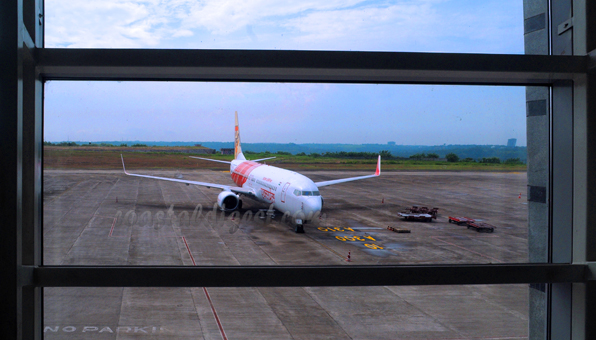
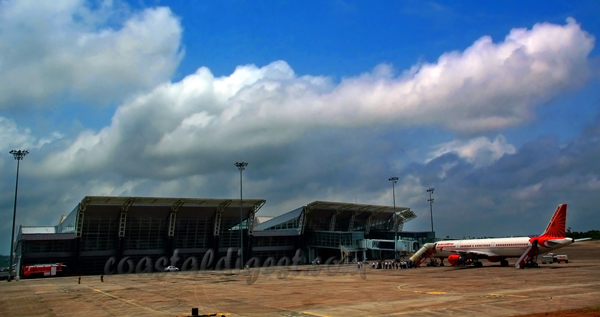
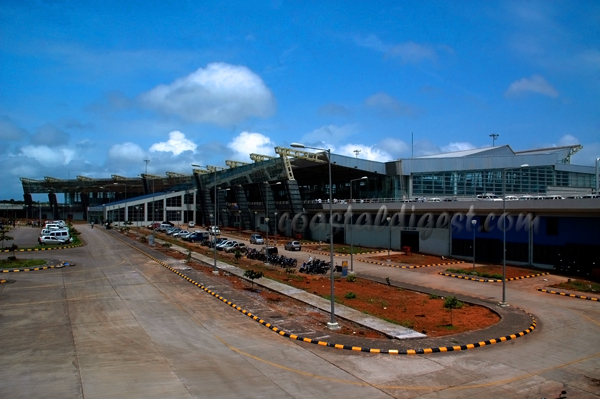
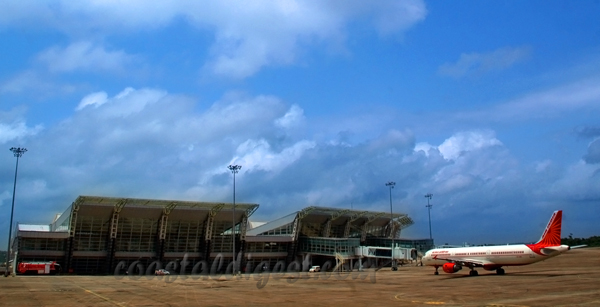
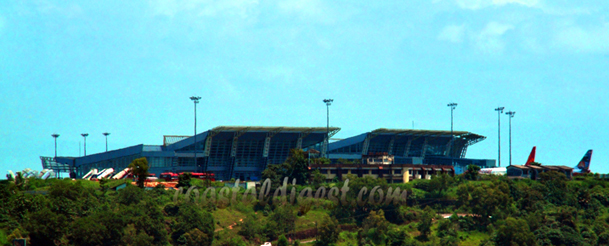






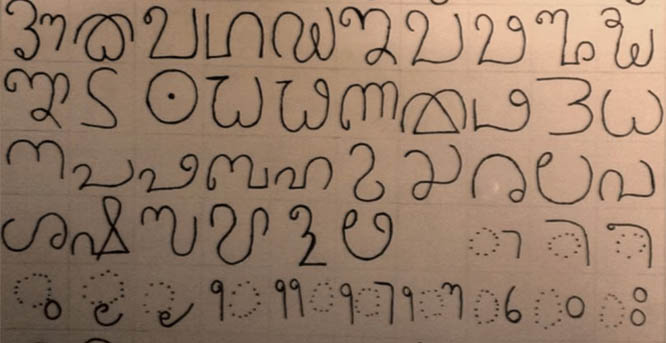
Comments
Add new comment